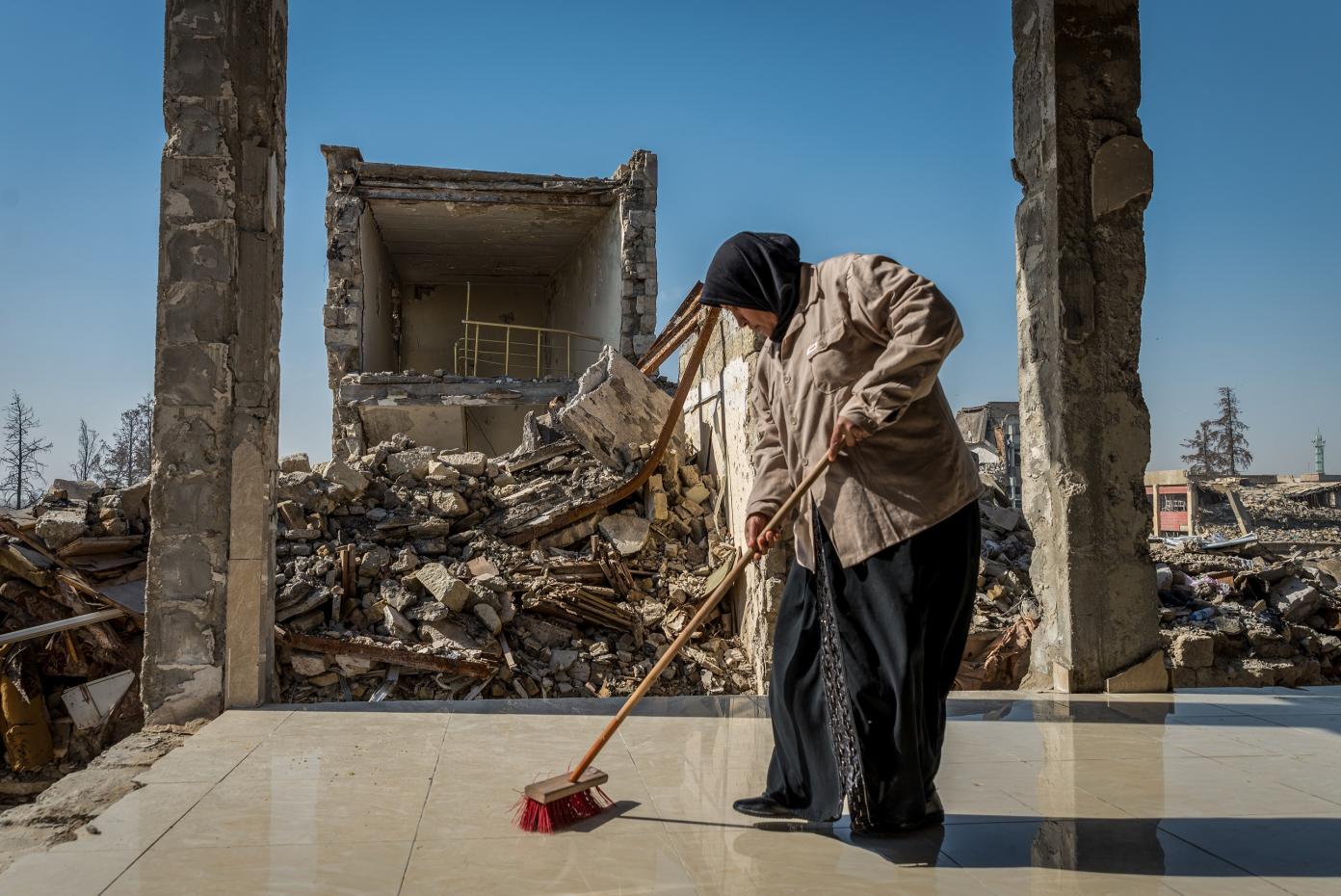When we think of forced displacement, we first imagine refugees crossing international borders. Yet, the majority of people fleeing from their homes – almost six out of 10 in fact – remain within their own countries. This lack of awareness of the true scale of internal displacement hints at an even greater shortfall: our current approach is not doing enough to reduce the numbers of people being displaced, to protect those forced to flee, or to create the right conditions for their return or resettlement.
For example, in Afghanistan, the Democratic Republic of Congo, Syria and Yemen, millions not only lack shelter, clean water and health care, they also lack access to livelihoods and education opportunities. This is particularly the case for women and girls. Their exiles, in camps or urban slums, are not measured in months or years, but often in decades. Compounding this, integrating those who are displaced into their new communities is often elusive.
Today, the UN Secretary-General’s High-Level Panel on Internal Displacement presents its findings in a final report, Shining a Light on Internal Displacement: A Vision for the Future. The Panel reinforces the urgent need to change the way we help people who face the heartbreak of being forcibly displaced from home. Finding an end to long-term displacement requires going beyond humanitarian assistance.
UNDP welcomes the Report’s call to scale up a development approach that focuses on finding solutions to internal displacement at the local and national levels. Affected communities should not just survive, but thrive and flourish towards achieving the Sustainable Development Goals (SDGs). At UNDP, we believe that we can be more effective by preventing or anticipating displacement, and integrating the needs of affected individuals and communities into local and national development plans, strategies and laws.
Development solutions
With the climate crisis and the socio-economic impact of the COVID-19 pandemic only set to add to the difficulties faced by forcibly displaced people, the increasingly chronic and protracted nature of internal displacement is a serious cause for concern.
In emergencies, swift humanitarian action is essential. But when internally displaced people (IDPs) do not have access to decent jobs, when they and their children lack adequate education and training opportunities, when societies remain fractured and basic government services for citizens are lacking, the cycle of aid dependency and poverty is bound to continue. Internal displacement is a development challenge with a humanitarian face.
In coordination with the wider UN system, especially in partnerships with UNHCR and IOM, UNDP addresses the challenges of internal displacement in over 60 countries, collaborating with national and local governments, justice, security and human rights actors, the private sector and civil society, as well as with people on the move themselves.
In Iraq for example, in 2012 the ISIS armed groups seized large swaths of territory, triggering a mass movement of people. The humanitarian community reacted quickly, providing protection, food, shelter, health and other life-saving aid. Part of the response was to help those who had been displaced integrate successfully into the communities they had moved to.
When the fighting in Iraq ended in 2017, UNDP worked with its partners and the government to improve security, repair infrastructure and housing, facilitate livelihoods and employment opportunities, support basic services and reduce community tensions. Returns have outnumbered new displacements each year since. To date, UNDP has assisted 4.8 million people to return home, with the numbers of displaced down by a fifth last year compared to 2019.
In Sudan, the lack of resources, like land, water and grazing access, all pose challenges to a stable life and income. UNDP has supported hundreds of thousands of IDPs and their communities in Darfur over the last four years, focusing on rural development, land management and access to justice. For example, 11 community centres are being established as hubs for economic recovery and peacebuilding through job and skills training, income generation, and a safe space for youth and women.
A call for global leadership
It is easy to become discouraged by the magnitude of the task ahead. But if you listen to stories from Colombians or Congolese, Iraqis, Sudanese or Yemenis, their resilience and fortitude shows us what can be achieved.
The High-Level Panel report provides us with a starting point to tackle the profound global crisis on internal displacement. UNDP submissions to the High-Level Panel included the research document, Towards Development Solutions to Internal Displacement: A Political Economy Approach, produced with the School of Oriental and African Studies (SOAS), University of London. We are looking forward to building a UN system with strengthened leadership on the issue. IDPs must be seen as citizens not beneficiaries, as part of the solution rather than the problem.
With our partners, we will be promoting a sustained programme of development assistance to build the systems, skills, infrastructure and institutions needed to withstand future disasters, end current crises and provide better development solutions to IDPs and host communities. We look forward to turning the High-Level Panel’s recommendations into homes, livelihoods and secure futures for people at risk tomorrow or in need today.

 Locations
Locations
